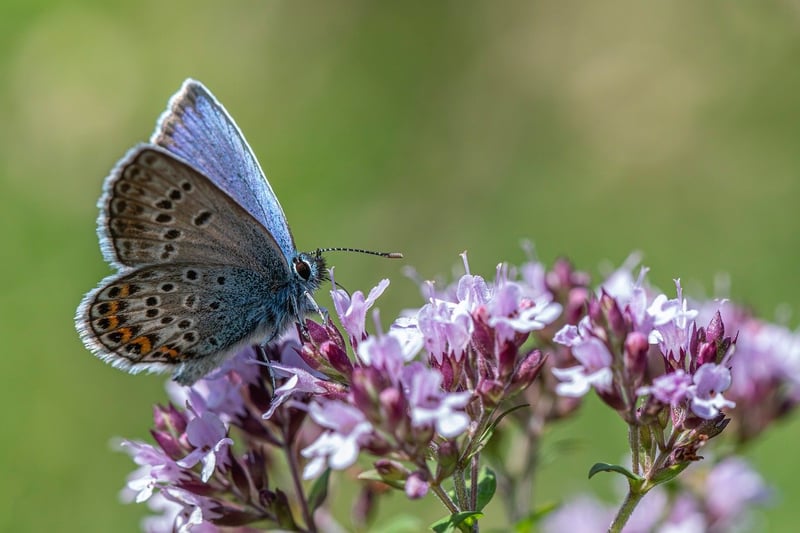Butterfly-Friendly
Creating Habitats for Urban Pollinators

Urban areas often lack natural green spaces, which can be detrimental to pollinators like bees and butterflies. Creating habitats for these essential creatures in urban settings is crucial for maintaining biodiversity and supporting ecosystem health.
Importance of Urban Pollinators
Pollinators play a vital role in the pollination of plants, including many food crops. Bees, butterflies, and other pollinating insects are responsible for transferring pollen between flowers, enabling the plants to produce fruits and seeds. Without pollinators, many plant species would struggle to reproduce, leading to a decline in biodiversity.
Creating Butterfly-Friendly Gardens

One way to support urban pollinators is by creating butterfly-friendly gardens. These gardens are designed to attract and sustain butterfly populations by providing the necessary food, shelter, and breeding sites. Here are some tips for creating a butterfly-friendly garden:
- Choose nectar-rich plants such as lavender, coneflowers, and butterfly bush.
- Include host plants for caterpillars like milkweed for monarch butterflies.
- Provide a water source like a shallow dish with pebbles for butterflies to drink from.
- Minimize pesticide use to protect butterflies and other beneficial insects.
- Create sunny, sheltered spots in the garden for butterflies to bask and warm their wings.
Benefits of Urban Pollinator Habitats
By creating habitats for urban pollinators, we can enjoy a range of benefits, including:
- Increased pollination of plants, leading to better yields for food crops.
- Enhanced biodiversity and ecosystem resilience in urban areas.
- Opportunities for educational initiatives on pollinator conservation.
- Improved aesthetic appeal of green spaces with vibrant butterfly populations.
Together, we can make our urban environments more welcoming for pollinators like bees and butterflies, ensuring a sustainable future for both wildlife and humans.
References: Pollinator Partnership, USDA Forest Service
